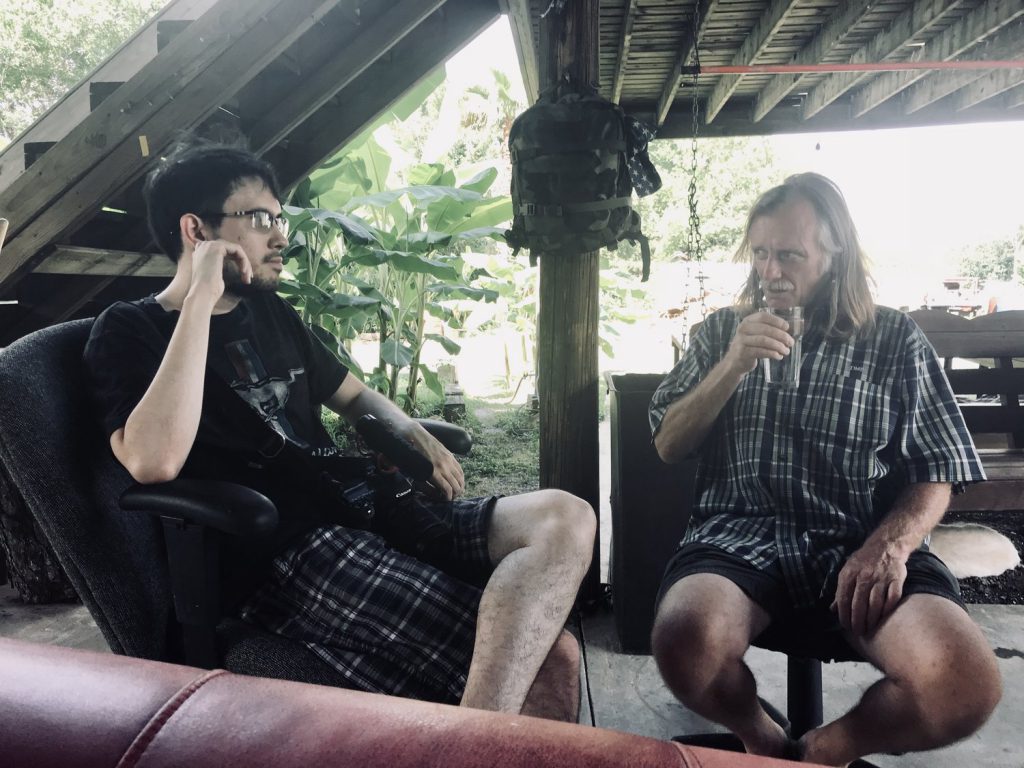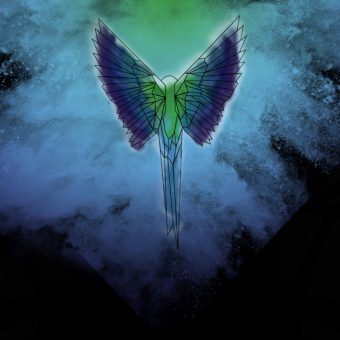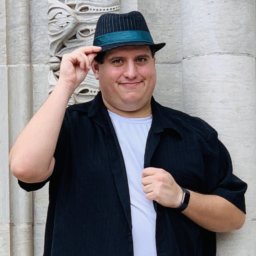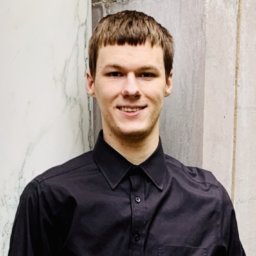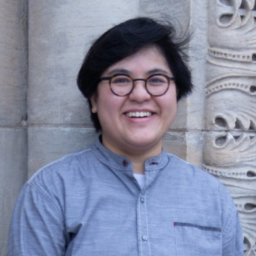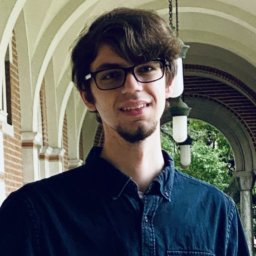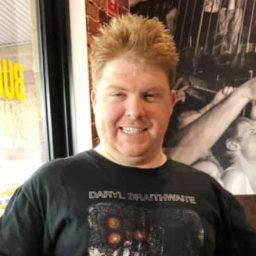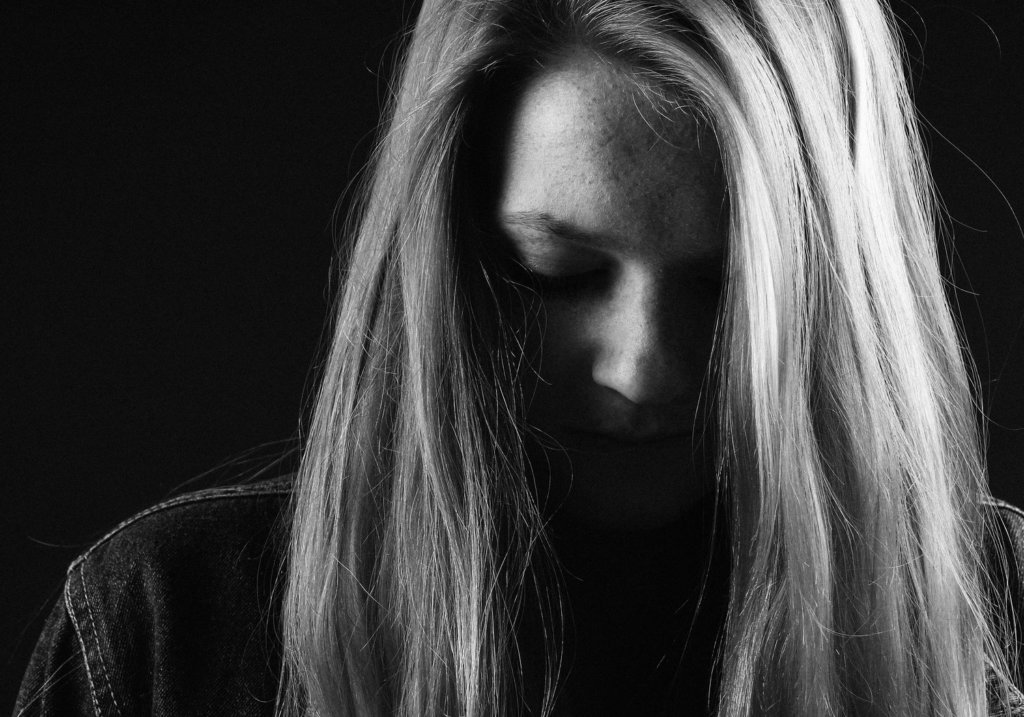
Social Rejection Is As Real And Hurts As Much As Physical Pain
Have you ever wondered why we use phrases like my feelings are hurt, and I was heartbroken when we describe emotional pain?
To be kept in solitude is to be kept in pain,” writes the sociobiologist E. O. Wilson, “And put on the road to madness. A person’s membership in his group—his tribe—is a large part of his identity.”
Humans were not designed to live solitary lives. It is well documented that loneliness, and feelings of isolation, are associated with a plethora of negative outcomes including cardiac disease, immune dysfunction, anxiety, depression, and sadly, suicide.
Loneliness is on the rise among many groups including the elderly and adults with disabilities, and the risks of isolation are so alarming that the UK recently appointed a government official to address this social crisis. Many of us know someone who is lonely and isolated, but we may not realize just how much emotional pain they are truly experiencing. In fact, I know individuals who describe their emotional pain as excruciating.
People frequently ask me, “Why are you bothering to connect with autistic adults who are just happier being alone?” Indeed, it may appear that this is the case if someone seems perfectly content to stay in their room, and after venturing out, returns to their safe haven as soon as possible. Of course, many adults do relish their downtime, and they often enjoy the quiet and solitude as a way recover from emotional or sensory stimulation. However, individuals may isolate because they don’t feel that the world is a safe place. So, safe haven is the perfect word to describe their private corner of the world. We need to consider why they feel at risk. What is the risk or danger to their emotional safety on the outside of their four walls?
Physical Pain And Social Rejection Share The Same Neural Circuitry
Matthew Lieberman is a researcher at UCLA specializing in social cognition. Several years ago, he published his groundbreaking findings that show that our brains process physical pain and social pain using the same neural substrates. In other words, physical pain and social pain share the same neural circuitry. Lieberman suggests that there is an important area of the brain called the anterior cingulate cortex that surrounds the large white matter fiber tracts connecting the left and right hemispheres of the brain (known as the corpus callosum). Moreover, the area of interest implicated in social pain is the Dorsal Anterior Cingulate Cortex (DACC).
Michael Lieberman and his colleagues conducted a series of studies using a video game known as Cyberball. This is a game that the researchers used to assess the neural basis of social rejection. After informing the research participants that they would be tossing the ball in the video game to two other people, they placed them in the scanner. The participants were led to believe that they were throwing the ball to two strangers, when in fact; they were merely interacting with avatars.
After the participant tossed the ball several times, they were removed from the interaction, and the two avatars continued to play with one another; in essence, excluding and rejecting the research participant.
The analyses revealed that DACC activity increased during the exclusion phase of the experiment, but not when the participant included in the interaction. Not only did the participants show increased activation in the DACC during exclusion, but they also reported that they also felt distressed as well. A positive correlation showed that the greater distress the participants reported, the greater the activation of the DACC.
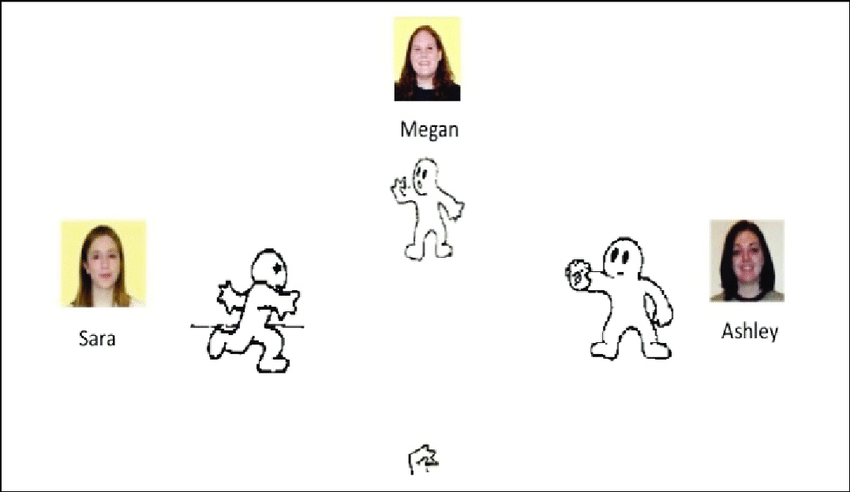
A follow-up study demonstrated that individuals with higher self-reported scores of exclusion distress also showed greater activation in the DACC when shown photos of disapproving glances. The researchers also found that social supports played a role in the results and that participants with fewer social supports showed greater activation in the DACC.
Become A Catalyst To Start A Chain Reaction Of Social Connection
These findings are significant because they suggest that when someone is repeatedly rejected, that the rejection may increase the sensitivity to future rejection. This, in turn, may lead to a downward spiral for individuals on the spectrum who already suffered the pain of social rejection, and now choose to retreat to the safety of their homes. Retreating to their safe havens may be the only way for them to avoid unsuccessful attempts at forging friendships and experiencing the emotional pain of repeated rejections.
Yesterday, I met a Vietnam veteran who has suffered PTSD and other mental health challenges. He said, “Dr. Ham, let me tell you, I don’t have any friends. I am an outsider.” This beautiful person is not a stranger to emotional pain, and he is devoting his life to helping another isolated adult who is on the autism spectrum. He sees that the autistic adult has been taken advantage of by others, is completely isolated without any real friends to care for him, and has been rejected by society. This honorable veteran told me today that he made a vow to protect Americans, and he meant what he said. Now, this veteran also needs a little help from his friends, but he can’t find anyone to listen.
So many adults share with me that they are lonely. Don’t we all desire to belong, to connect with others, and to be accepted?
Please Contact Spectrum Fusion If You Want To Be A Catalyst To Start The Chain Reaction Of Social Connection. Together, We Can Break The Chains Of Loneliness.
